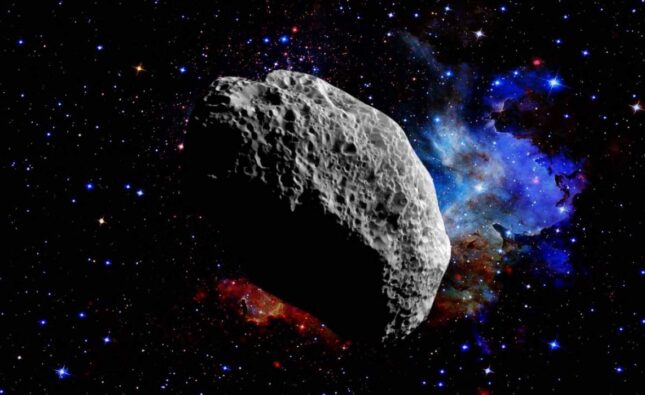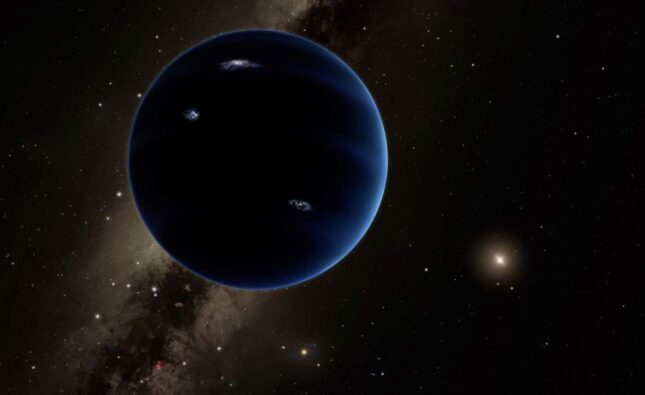
It’s been more than a long time since any human set foot on the moon, however NASA has plans to change that. The organization’s Artemis program intends to send people to investigate the moon’s south pole in the following not many years, utilizing a pristine rocket and case framework. However, the way to accomplishing this driven objective hasn’t been smooth. In spite of a declaration in 2019 that individuals would be back on the moon inside five years, the truth has ended up being somewhat increasingly slow mind boggling. So here’s the reason you may need to stand by some time longer before any of us see individuals back on our planet’s beloved satellite.
The date for the ran arriving on the moon was moved back by NASA in November last year. As per The Guardian, NASA executive Bill Nelson laid a portion of the fault for delays on Congress, saying they had not apportioned sufficient assets to take care of the broad expenses required for the mission, like fostering a lunar lander. There were additionally issues with a legitimate test from Amazon organizer Jeff Bezos’ Blue Origin organization, which guaranteed that the cycle through which NASA picked rival SpaceX for fostering the arrival framework was unreasonable. In any case, Blue Origin lost its lawful test so SpaceX will proceed with its lander improvement.
The first point of the Artemis mission was to land people on the moon by 2024, however that objective was generally viewed as ridiculous. The new objective is to land an uncrewed shuttle on the moon by 2025 at the earliest, which is a substantially more attainable time span.
“Getting back to the Moon as fast and securely as conceivable is an organization need,” Nelson said (by means of NASA). “Be that as it may, with the new claim and different elements, the primary human arriving under Artemis is possible no sooner than 2025.”
The Artemis plan
The Artemis program will comprise of a progression of missions, starting with an uncrewed Artemis I mission to try out NASA’s new rocket and space apparatus, which will ultimately convey a team. The Artemis I will see the Space Launch System rocket and the Orion case sent off and sent into space around the moon for six days prior to returning.
This will be trailed by Artemis II, focused on 2024, which will be a run experimental drill of a similar case and rocket, where the team will go around the moon and afterward back to Earth.
The huge mission, when people will by and by go to the moon, is Artemis III which is focused on 2025. An extraordinary lander will take space travelers from circle to the outer layer of the moon, where they will spend around seven days prior to getting back to Earth.
Past that, NASA likewise has plans for additional missions to make the Lunar Gateway space station, and to make framework on the moon like environments, meanderers, and logical gear.











